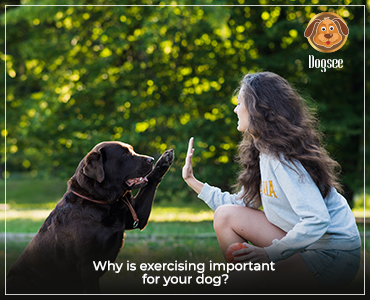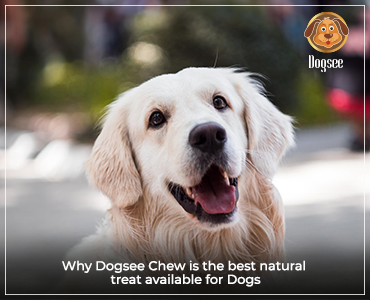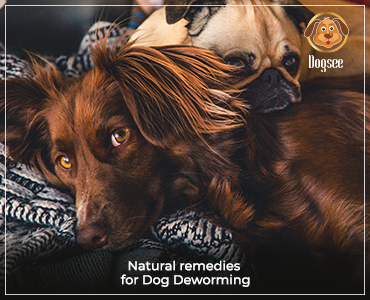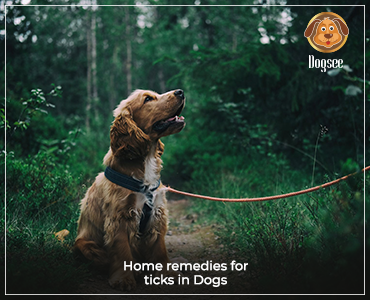
Food - the universal language understood by humans and dogs. This makes food the single most powerful motivator for training.
When dogs were wild animals, they had no rules and did 5 things: eat, sleep, play, hunt and repeat. Once they became domesticated, more was expected of them by humans. Except, your dog doesn’t understand your verbiage, so taking in your verbal cues and performing the desired behavior is actually a complicated task when you think about it. Think of how well you’d perform if someone asked you to do something in a language you don’t speak or understand.
That’s where food comes in. It’s the middleman smoothing things over on both sides. So when you hold food in your hand - something your dog does understand and driven by since the pre-domestication times - it makes it much more easier for them to learn and perfect the desired behavior.
There is a right way and wrong way to approach training and training treats. So, here are a few tips to make training easier for you and your little one.
Use bite-sized training treats
Practice makes perfect. And, when you’re practicing a single command or even a series of commands, it’s easy to get carried away and overfeed your dog with treats. Using bite-sized training treats helps maintain your dogs weight while ensuring that your dog perfects the command.
Only reward your dog when he/she is calm
The trick here is to remember what behavior you’re trying to reinforce. If you reward a dog when they are hyperactive, then you’re reinforcing his hyperactive state.
For example, your dog has a bad habit of wrestling with the tennis ball instead of letting it go. You tell him to “leave it” and he does but he’s still close to your hand holding the tennis ball, wagging his tail, jumping on you to throw the ball yet you reward him. What you just did was reinforce his hyperactive state - when he’s not in the right mind to understand what it is he needs to do - which is to “leave it”.
What you should do is reward him when he lets go off the ball, and is in a calm-submissive state. When he’s in this state, he’s in the right mind to understand that he needs to let go of the tennis ball and be patient when you tell him to “leave it.”
Don’t lure your dog with treats
A common mistake that pet parents make is to lure their dog with treats. So you go and wave the treats in front of your dog which initially works but it creates a co-dependency where your dog will only respond when a treat is involved. This is called bribing.
The best way to avoid treats becoming a bribe is to use the treat to motivate your dog to perform a command such as sit or lay down. You do this a couple times, and then you ask him to do the same thing except this time with an empty hand.
When your dog does the desired action, you reward him with affection and say “Yes! Good boy/girl” Then, use the non-commanding hand to give the treat. Gradually , you want to wean off the treats all together by giving your dog treats at random times, and then stop all together.
Avoid distractions
If you’re just starting to train your pup, you want to ideally do it in a place that’s quiet without a lot of distractions. If you have running children, loud noise, birds flying, your dog's senses are going to be hyper alert to everything but what you’re saying. You want your dogs’ attention solely on you and the treat.
Once your dog has perfected the basic commands and listening to your instructions, then take him to a park where there’s kids running, playing, bicycles zooming past, birds flying - because you want your dog to listen to you even when you’re in an environment full of distractions. But the foundation has to be solid before you can move to this step.
Switch up the treats
Dogs may have unique tastes and sometimes, they even get picky. Observe the way your dog reacts to different flavours by trying out different healthy dog training treats, then choose the one that your dog responds best to.
Also, choose the right treat for your dog based on the training. If you’re going through a series of commands, then you’d want little bite-sized pieces. But if you’re trying to have your dog house-broken, you want to give something more long lasting that will occupy him until you get back.
Reward only when he performs a task you asked
Another mistake pet parents do is to reward the dog when he does anything. Don’t reward him with affection or treats when he does something - even if that something is a desired behavior. If he goes into his crate all by himself, don’t reward him.
Only reward him with affection or treats when you give a command and your dog does the task correctly.
Healthy Training Treats

It may seem like such a trivial thing but what you feed your dog when you’re training can affect his health in a good way or a bad way. So it’s important to give your dog good training treats to ensure that it has a positive effect on his health in the long run.
Dogs are just like humans, and they have their allergies and food sensitivities - the most common being gluten intolerance. As a pet parent, you already know how hard it is to find a gluten-free training treat. If this is the case, Dogsee Crunch freeze-dried and fat-separated treats are just what you need. These healthy dog training treats are made with only one single-ingredient - apple, banana, coconut and beetroot - and they are gluten/grain-free. And even if your dog has a sensitivity to one of these ingredients, you have 3 more to choose from!
Bottom line is you don’t want to settle on just any treats - you need to make sure you’re feeding your dog the best quality treats and food.
Now that we’ve told you everything to know about training treats and training, you can start training your dog the right way with a healthy reward.



